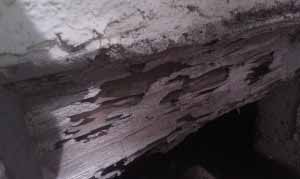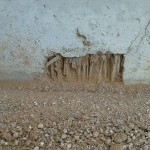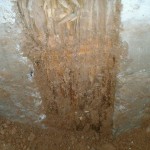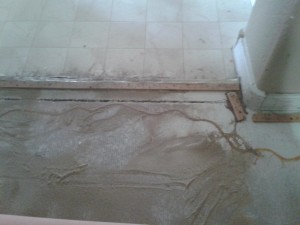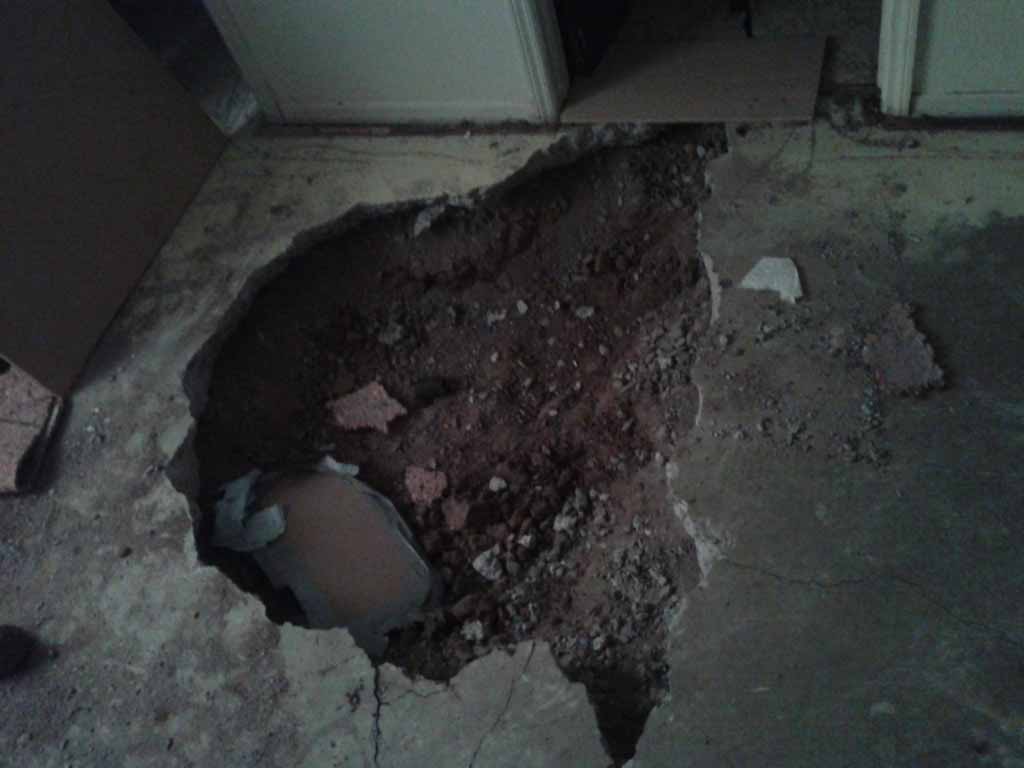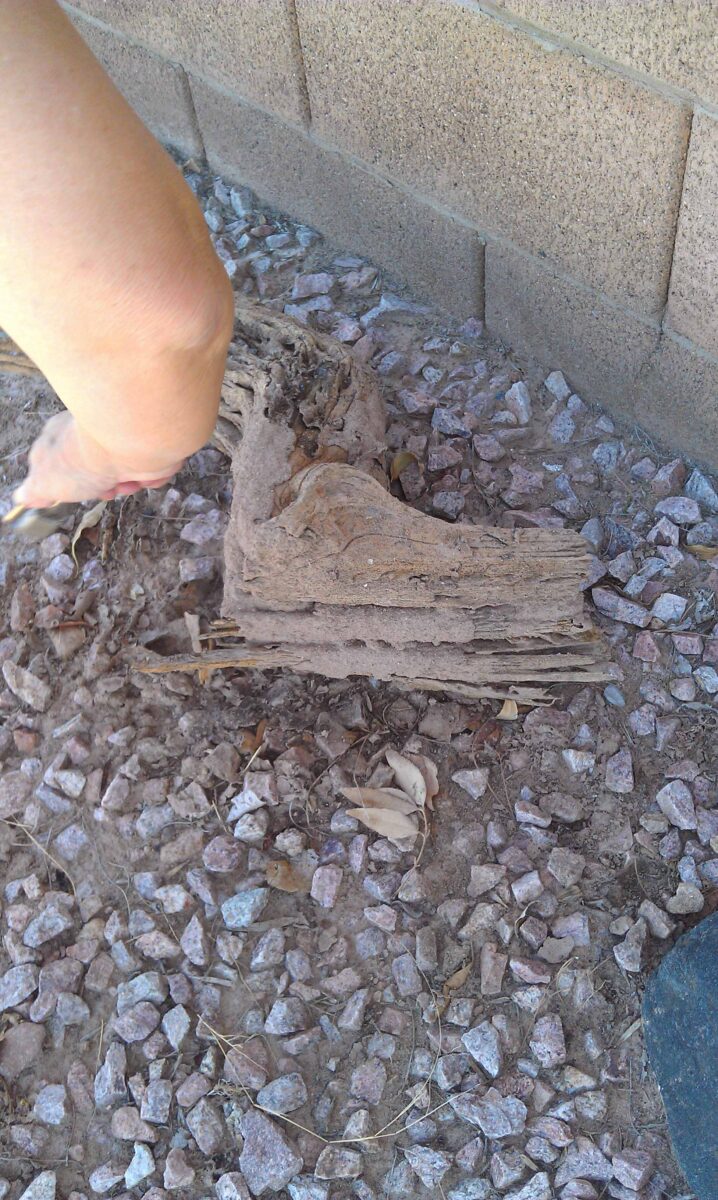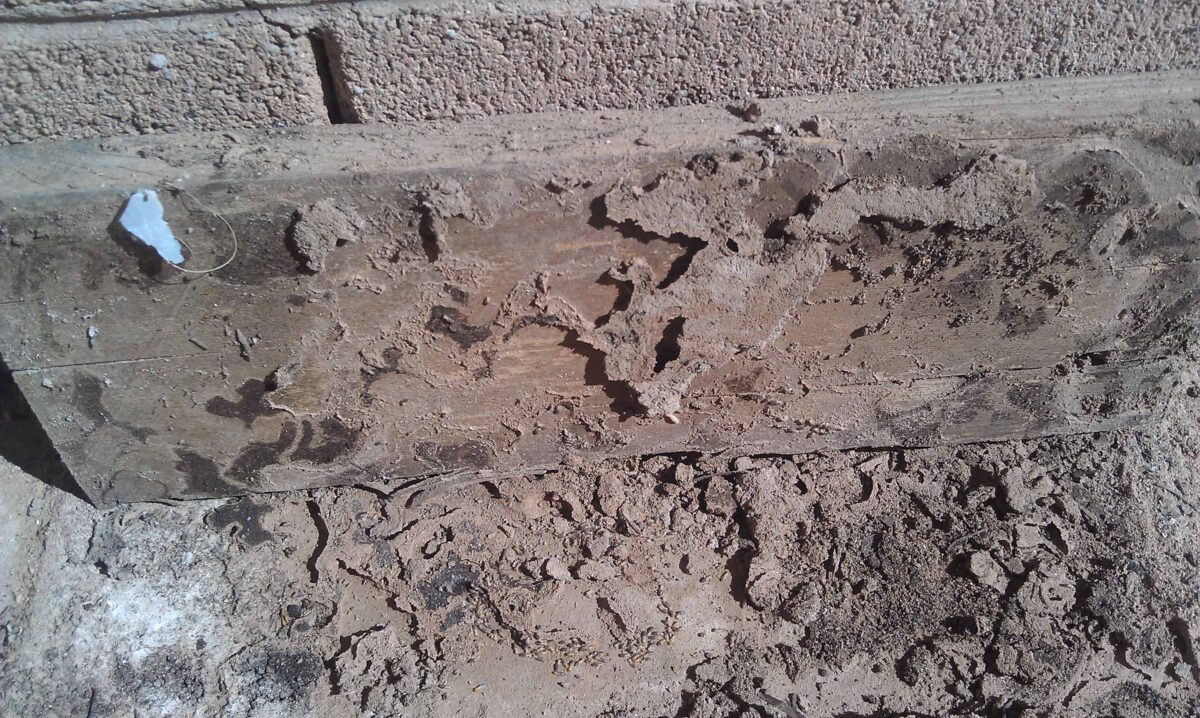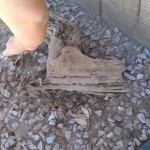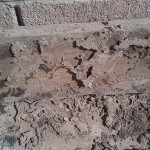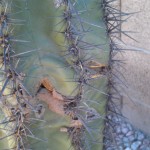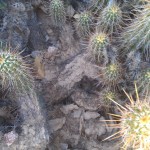In 1995 Premise became available as the first non-repellent termiticide and it lead the way for non-repellents. So why the big deal? Most termiticides up to that point were repellents – generally when a termite came close to the product they were repelled and went away. That is unless there was an opening, then they just made their way into your home. The issue I have (my opinion) with Premise is that it is water solvable and can move within the soil. An interesting note about Premise is that it causes termites to stop feeding and to stop socializing with other termites. After those termites are exposed to even small amounts (very few parts per million) of Premise they wander around in a state of confusion until they eventually die. When large amounts of termites die in the same place, this may cause the termite to block and/or avoid those tunnels and make act as a repellent to other termites. The other issue is water solubility and that once in the ground there is reason to believe that it moves (see information below).
http://www.cdpr.ca.gov/docs/emon/pubs/fatememo/Imidclprdfate2.pdf
These excerpts are taken from the pdf listed above and are the reason for my use of Termidor and Transport versus Premise.
Soil: The high water solubility and low Koc for imidacloprid indicates a low tendency for adsorption to soil particles. Field studies have produced a wide range in half-life values (t1/2) from 27 to 229 days (Miles, Inc., 1992; Mobay Chemical Corp., 1992). Scholz et al. (1992) found that imidacloprid degradation was more rapid in soils with cover crops than in bare soils, with a t1/2 of 48 and 190 days, respectively. Degradation on soil via photolysis has a t1/2 of 39 days. The half-life of imidacloprid in the soil tends to increase as soil pH increases (Sarkar et al., 2001). In the absence of light, the longest half-life of imidacloprid was 229 days in field studies and 997 days in laboratory studies (Miles, Inc., 1992; Mobay Chemical Corp., 1992). This persistence in soil in the absence of light makes imidacloprid suitable for seed treatment and incorporated soil application because it allows continual availability for uptake by roots (Mullins, 1993). Thus, imidacloprid can persist in soil depending on soil type, pH, use of organic fertilizers, and presence or absence of ground cover.
The leaching potential of imidacloprid when applied via chemigation was explored by Felsot et al. (1998). In this study, imidacloprid was applied to a fine sandy loam soil through a subsurface drip system installed in an experimental hops field. After seven days of irrigation applied at a depth of 0.38 cm of water per day, the insecticide was detected at the maximum sampled soil depth of 105 cm at concentrations as high as 120 ppb. Although the amount of irrigation water applied was not matched to local evapotranspiration and may have resulted in saturated soil, the study demonstrated the potential for imidacloprid residues to move downward through the soil with percolating water. Júnior et al. (2004) discovered that preferential transport through macropores might facilitate downward imidacloprid movement through heavy clay soils that are not normally considered conducive to leaching.




